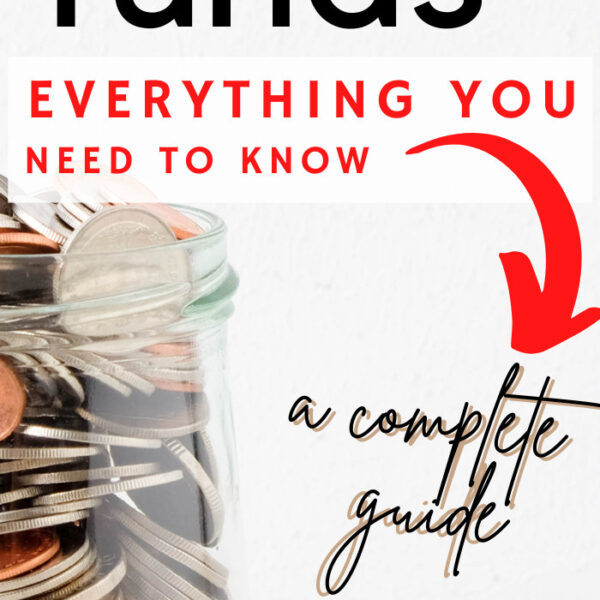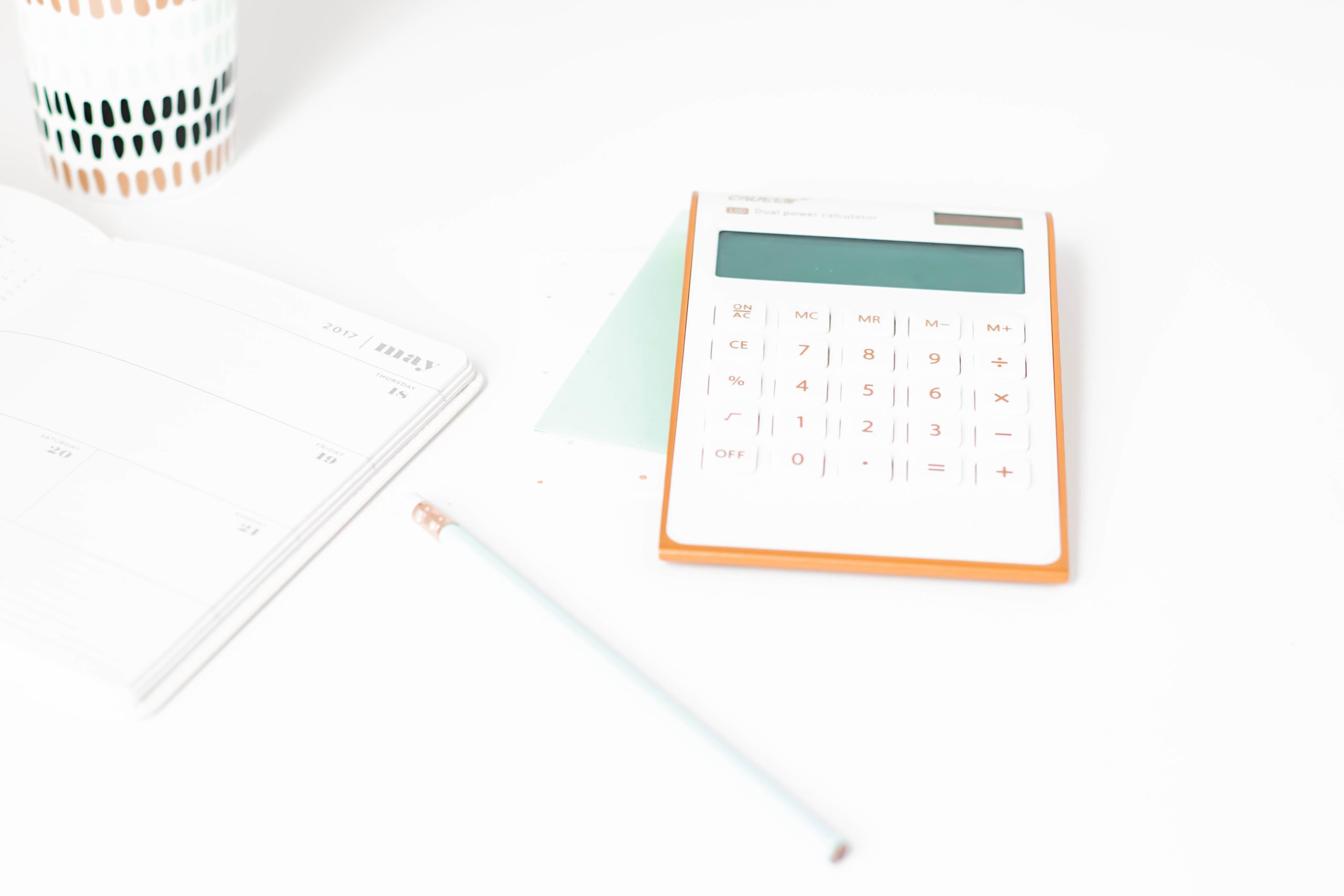SINKING FUNDS – EVERYTHING YOU NEED TO KNOW

If you’re new to budgeting, you may have never heard of the term sinking funds or you may have heard it, but had no clue what it meant.
Sinking funds are an extremely helpful budgeting tool that helps you plan for future expenses whether known or unknown. Essentially, it’s a mini savings goal that you allocate money to for a period of time so that you can pay cash for said expenses.
Are you still confused?
Luckily, you’re in the right place. This ultimate guide for sinking funds will cover:
- What are sinking funds and how they differ from emergency funds
- How sinking funds are used
- Where you keep your money
- Type of sinking funds you should have
When you’re working hard to get in the groove of budgeting, it can be very frustrating when an unexpected expense pops up. It completely throws everything off and you’ll probably start to feel like a failure.
Whether your car needs a new battery unexpectedly or you forgot that your sibling’s birthday is this weekend and you totally forgot to add it to your budget, sinking funds are here to help. When sinking funds are in place, the amount of “emergencies” you have goes down drastically because you’ve prepared in advance.
WHAT IS A SINKING FUND?
A sinking fund is simply setting money aside today to pay for an expected, or unexpected, upcoming expense later. Basically, it’s a fancy name for a savings account where you strategically save money by setting a little bit aside each month. While a budget gives you permission to spend, sinking funds encourage you to spend.
HOW DO SINKING FUNDS DIFFER FROM AN EMERGENCY FUND?
Sinking funds and emergency funds are two ways to save money to cover large expenses; however, they are vastly different.
An emergency fund, simply put, is for emergencies. Every person should have an emergency fund of at least $1,000 plus one month of expenses while paying off debt. Once you are debt-free, you should work towards saving up to a year’s worth of expenses in the event you lose your job or are unable to work for some time.
Sinking funds help you cover expected, or unexpected, upcoming expenses that are likely to happen. Putting the money aside ahead of time prevents you from having to dip in your emergency fund. For example, you know your car needs maintenance every few months, but aren’t exactly sure when you’ll need the funds next. Instead of scrambling to figure out how to pay for it, or pulling out your credit card, you can set aside a small amount monthly to cover it.
HOW TO CALCULATE HOW MUCH TO SAVE MONTHLY PER SINKING FUND?
Calculating how much to put towards your sinking fund is simple. Determine how much you need to save and then divide that by the amount of time left until the money is needed.
For example, we know that Christmas comes at the same time every year. Instead of panicking about how you’ll afford a gift for everyone once December rolls around, stash away a set amount for a period of time.
Let’s say it’s July and you want to save $1,000 by December. That leaves you five months to reach your savings goal. Adding a line item of $200 to your monthly budget will allow you to cash flow Christmas and even take advantage of shopping sales early without affecting your monthly budget.
Sinking funds aren’t just for Christmas. You can create a sinking fund for practically any expense such as:
- Annual Auto Insurance Premiums
- Vacations
- Medical Expenses
- House Maintenance
- Car Maintenance
- Clothing
I do recommend keeping sinking funds to a minimum while paying off debt so that they don’t prevent you from reaching your debt payoff goals.
I STARTED SAVING FOR MY SINKING FUNDS, BUT WHERE SHOULD I KEEP THEM?
Once you’ve determined what sinking funds you need, you’ll need to determine where to keep this money so that it is separate from your checking account. You don’t want to accidentally use the funds for daily transactions.
I recommend opening a high-yield savings account. There are many available in the market today, but I highly recommend Ally Bank because, within your account, you can create “budgets” to break out your sinking funds by category. With Ally Bank, your money is easily accessible so you’re able to use it quickly if needed. Utilizing an online savings account also allows you to put your money to work. You can earn money since the interest rate is normally higher than what you’re given at traditional brick-and-mortar banks.
BENEFITS OF USING SINKING FUNDS
- Save money for any and everything – Get as specific as you like to ensure that you have all your wants and needs covered.
- Plan for big, extravagant fun – You can take that annual family vacation or upgrade your home by preparing in advance.
- Lose guilt associated with large purchases – Saving up for large expenses helps you spend without regret.
- Learn to expect those unexpected expenses – Life happens, and we often don’t know when, where, why, or how things may fall apart, but they will. Strategically planning turns those “emergencies” to mere inconveniences.
WRAP UP
Sinking funds are an essential part of budgeting. You’re able to prepare to pay for any large upcoming expense whether expected or unexpected. By creating and contributing to sinking funds monthly, you’ll avoid taking on new debt, draining your emergency fund, or affecting your monthly budget.
The wise man saves for the future, but the foolish man spends whatever he gets.
Proverbs 21:20









Best-selling products
Scripture Lunchbox Notes
$3.00
Fruit of the Spirit Coloring Pages
$7.00
Bible Affirmation Coloring Pages
$9.00
Christian Mom Affirmation Cards
$5.00